-
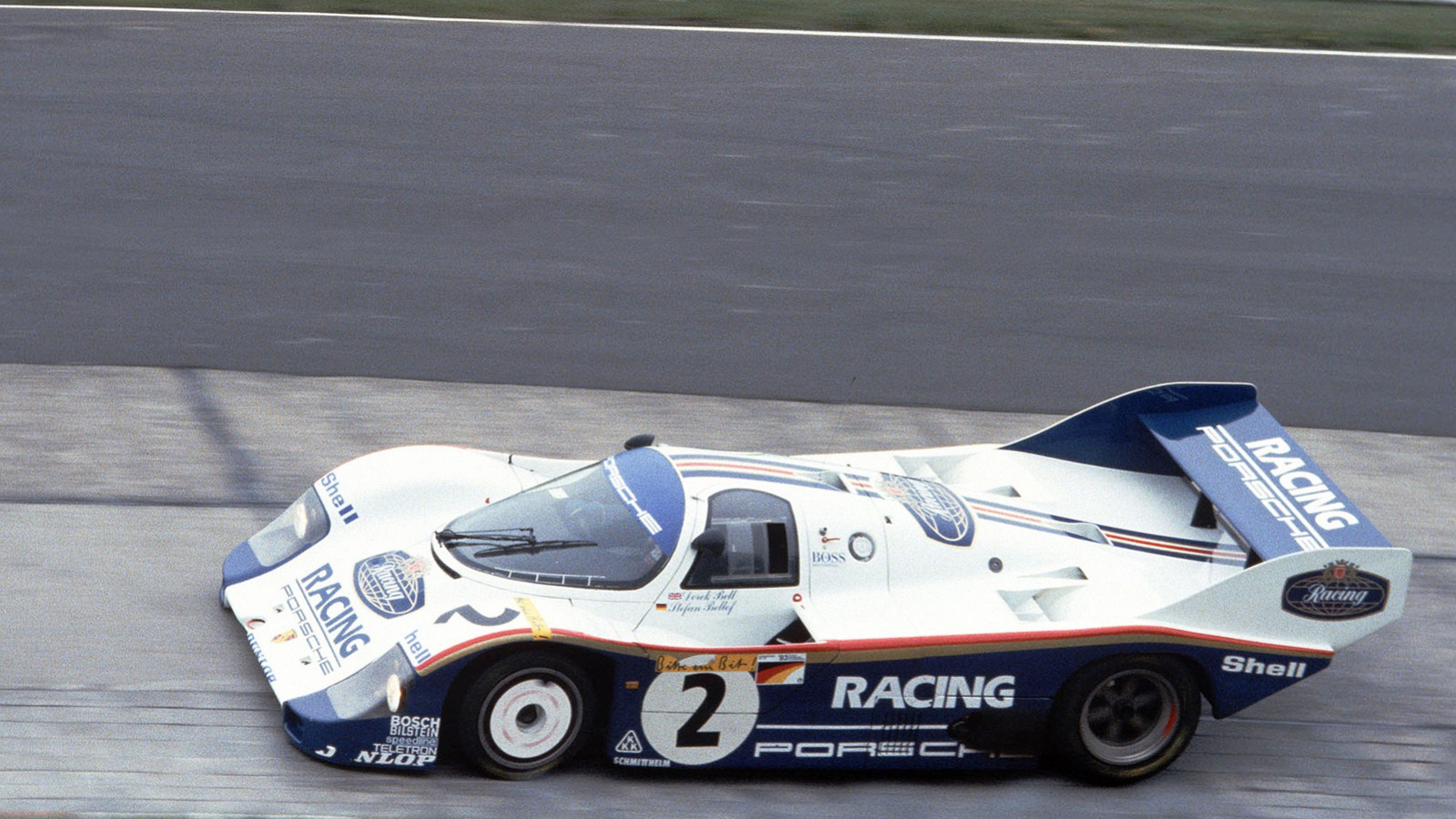 © Porsche
© Porsche -
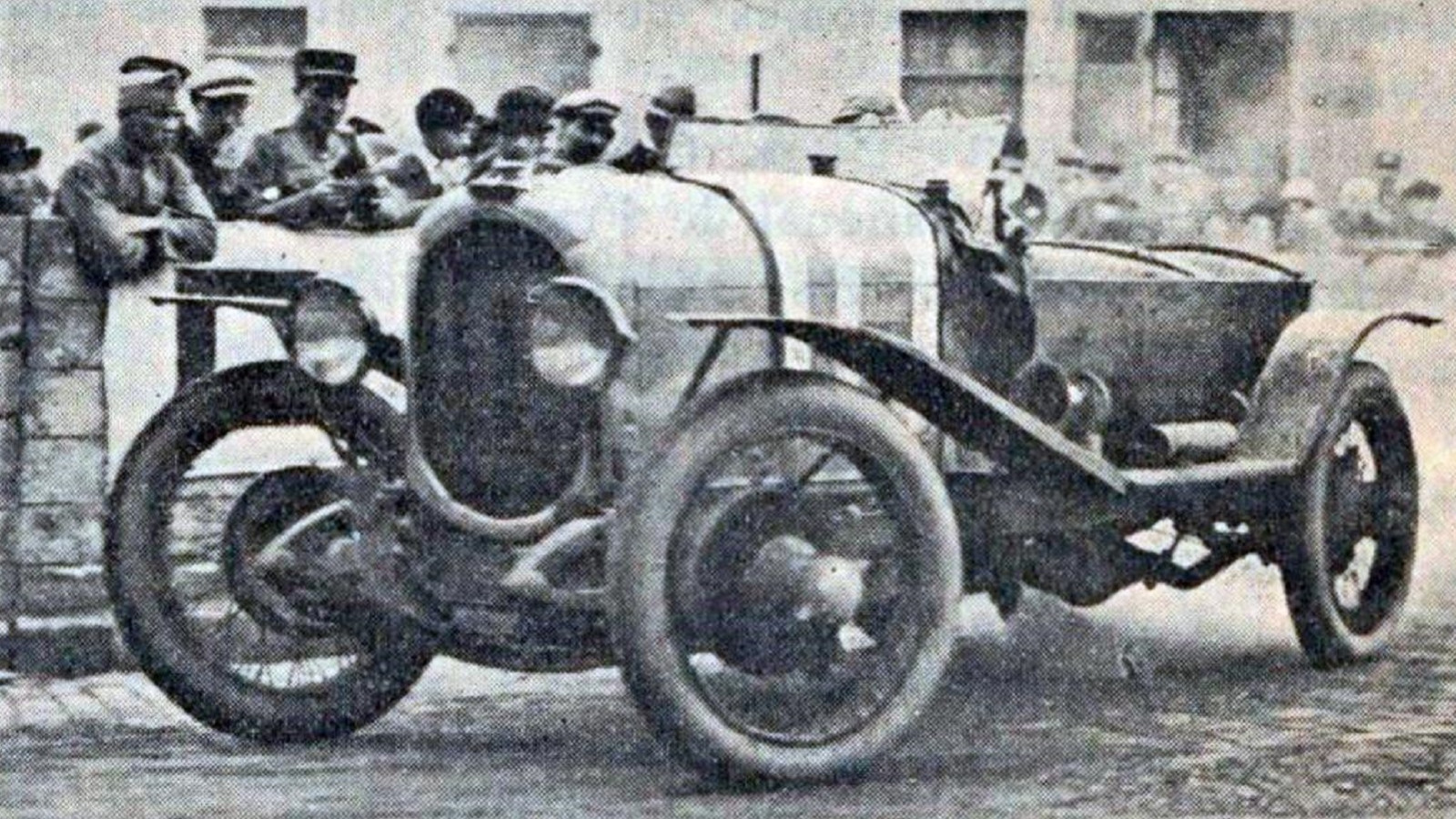 © Wikimedia Commons
© Wikimedia Commons -
 © Bentley
© Bentley -
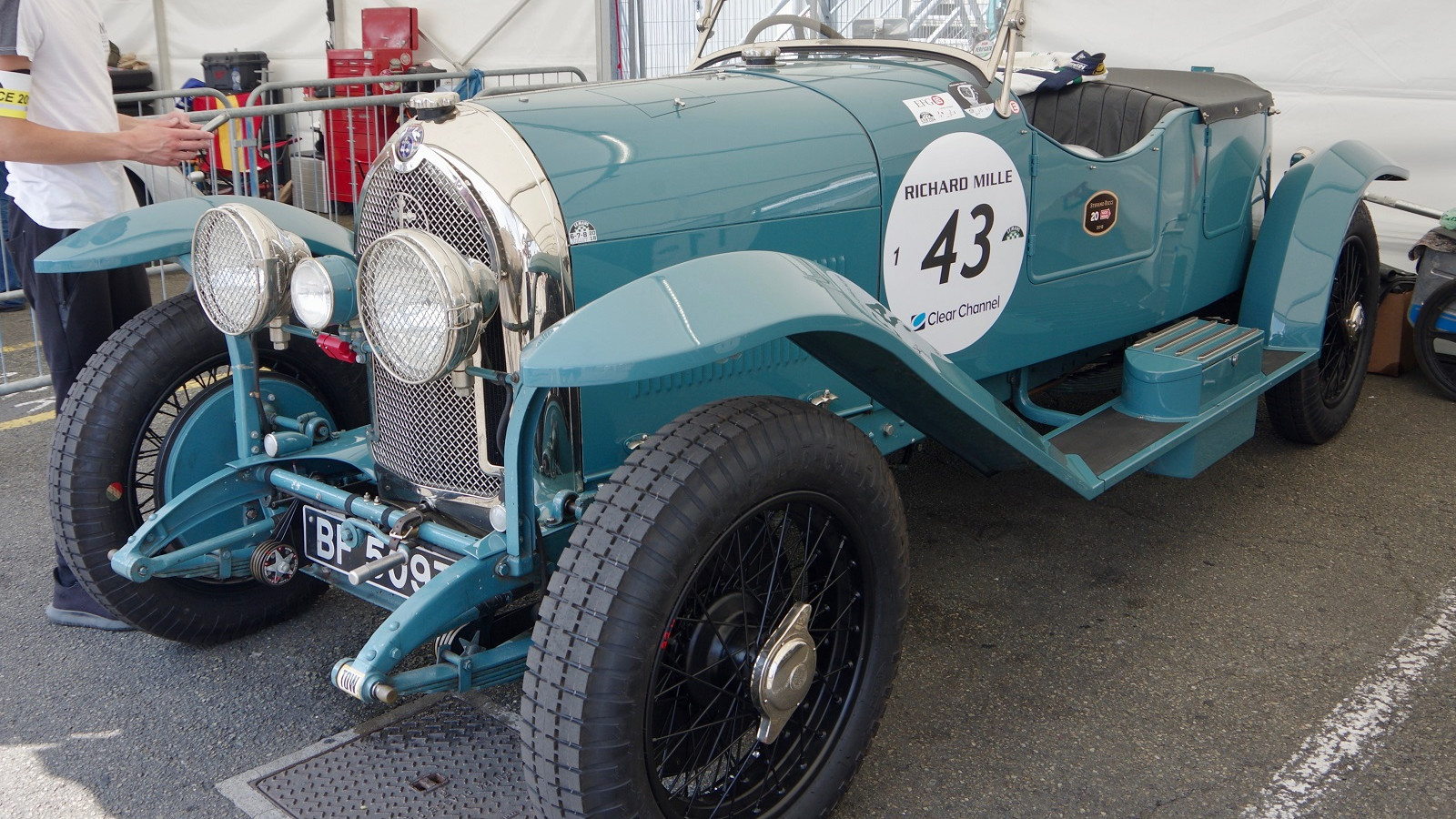 © David Merrett
© David Merrett -
 © Stellantis
© Stellantis -
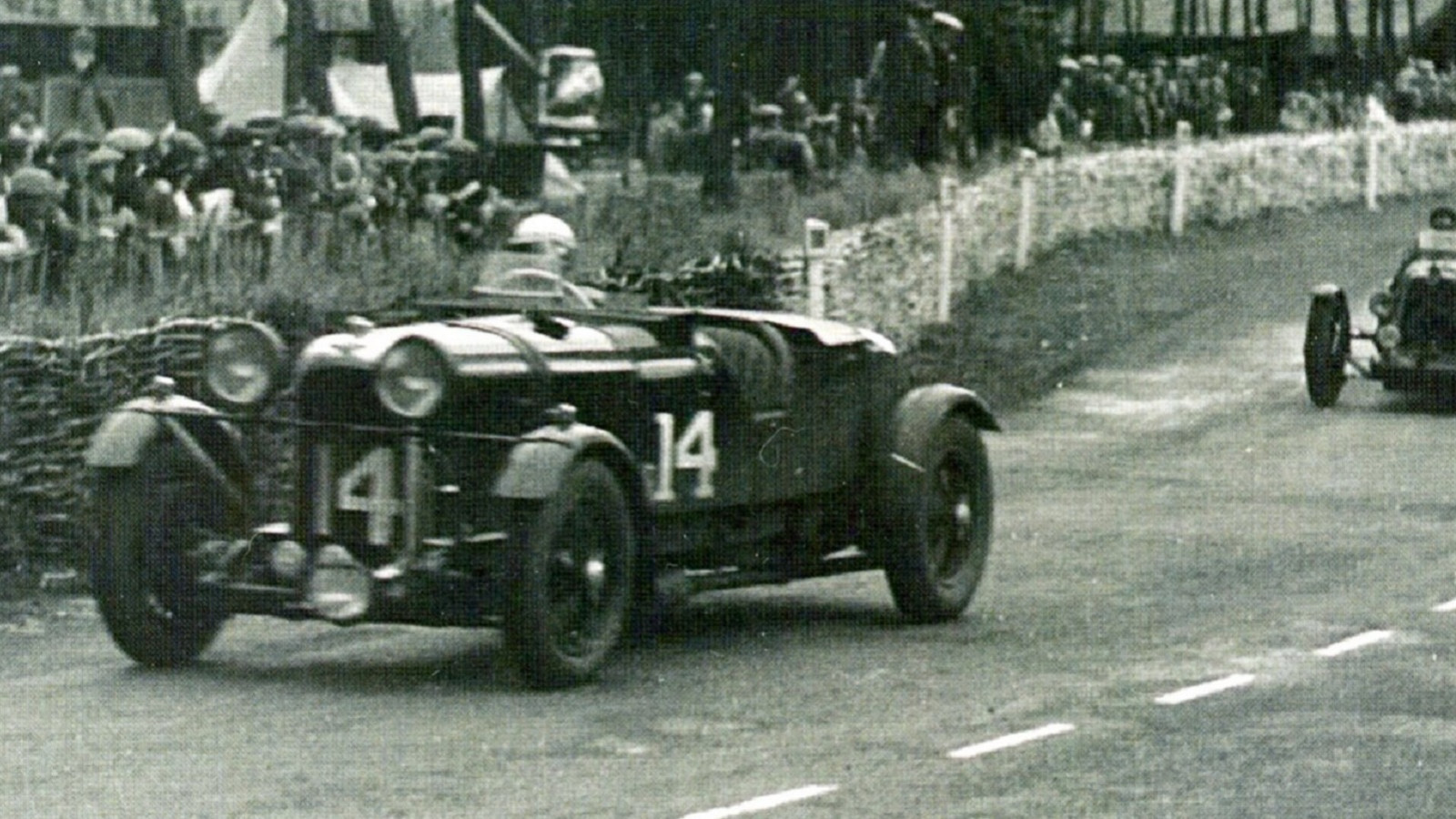 © H&H Classics
© H&H Classics -
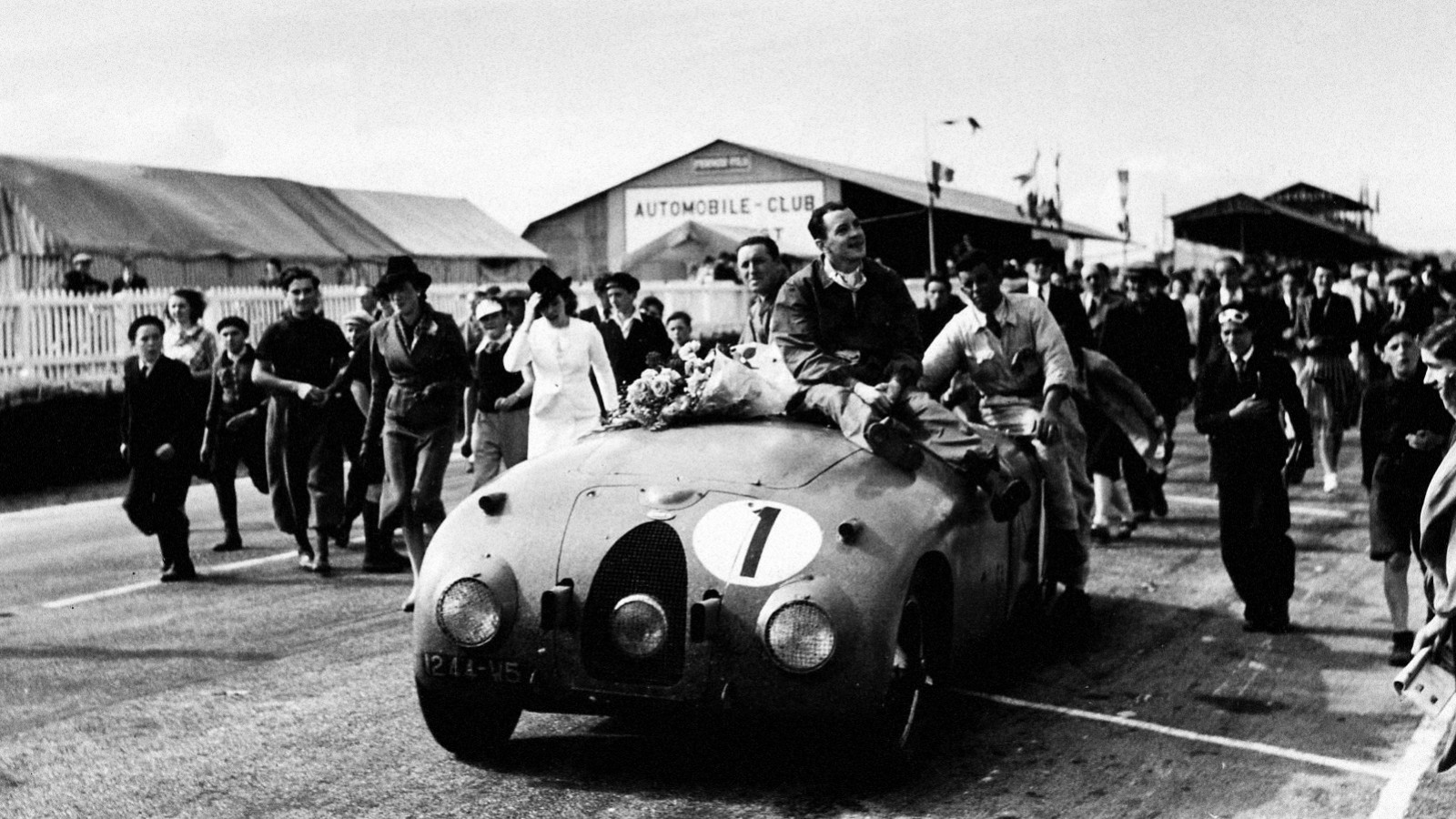 © Bugatti
© Bugatti -
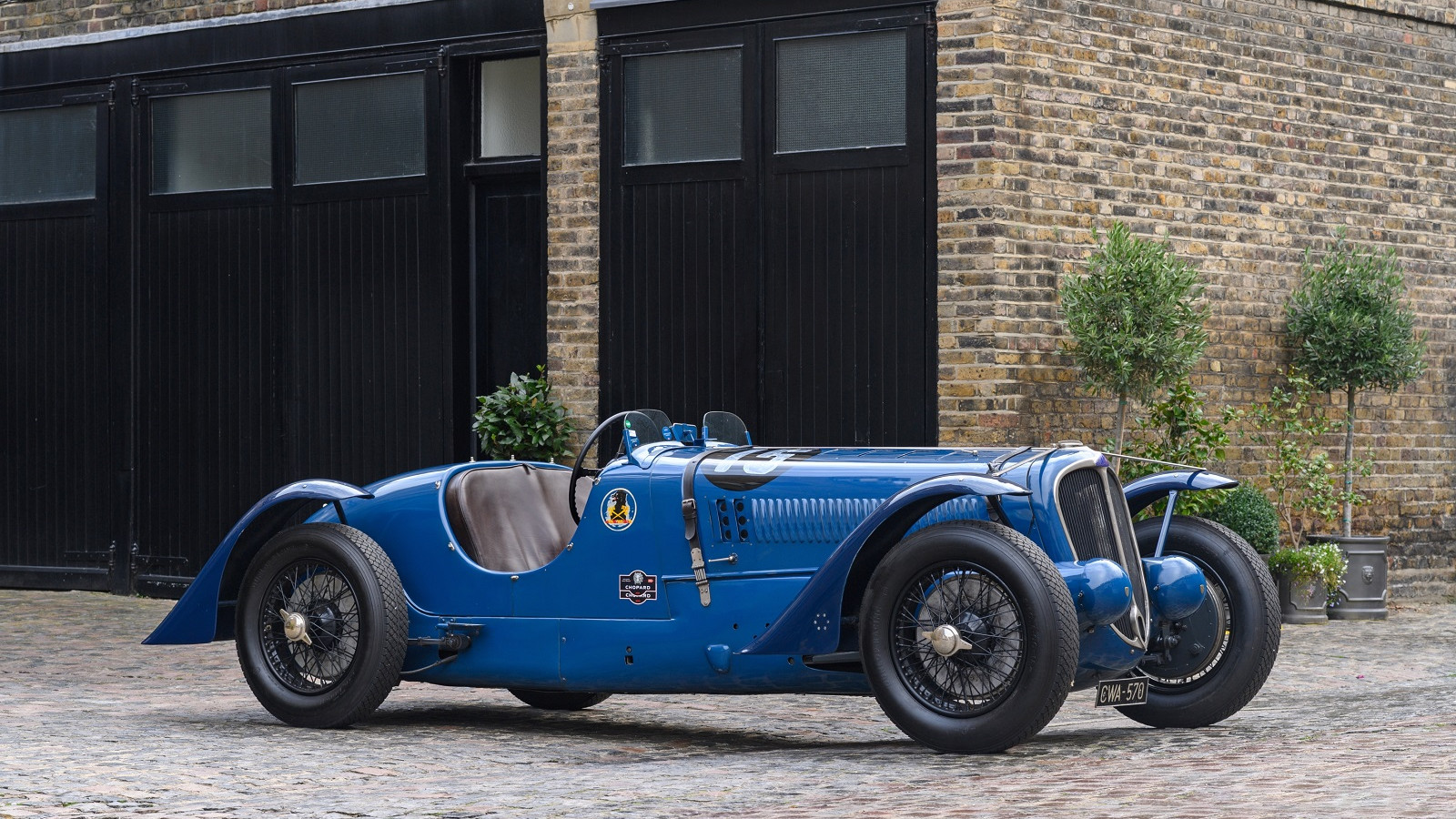 © Fiskens
© Fiskens -
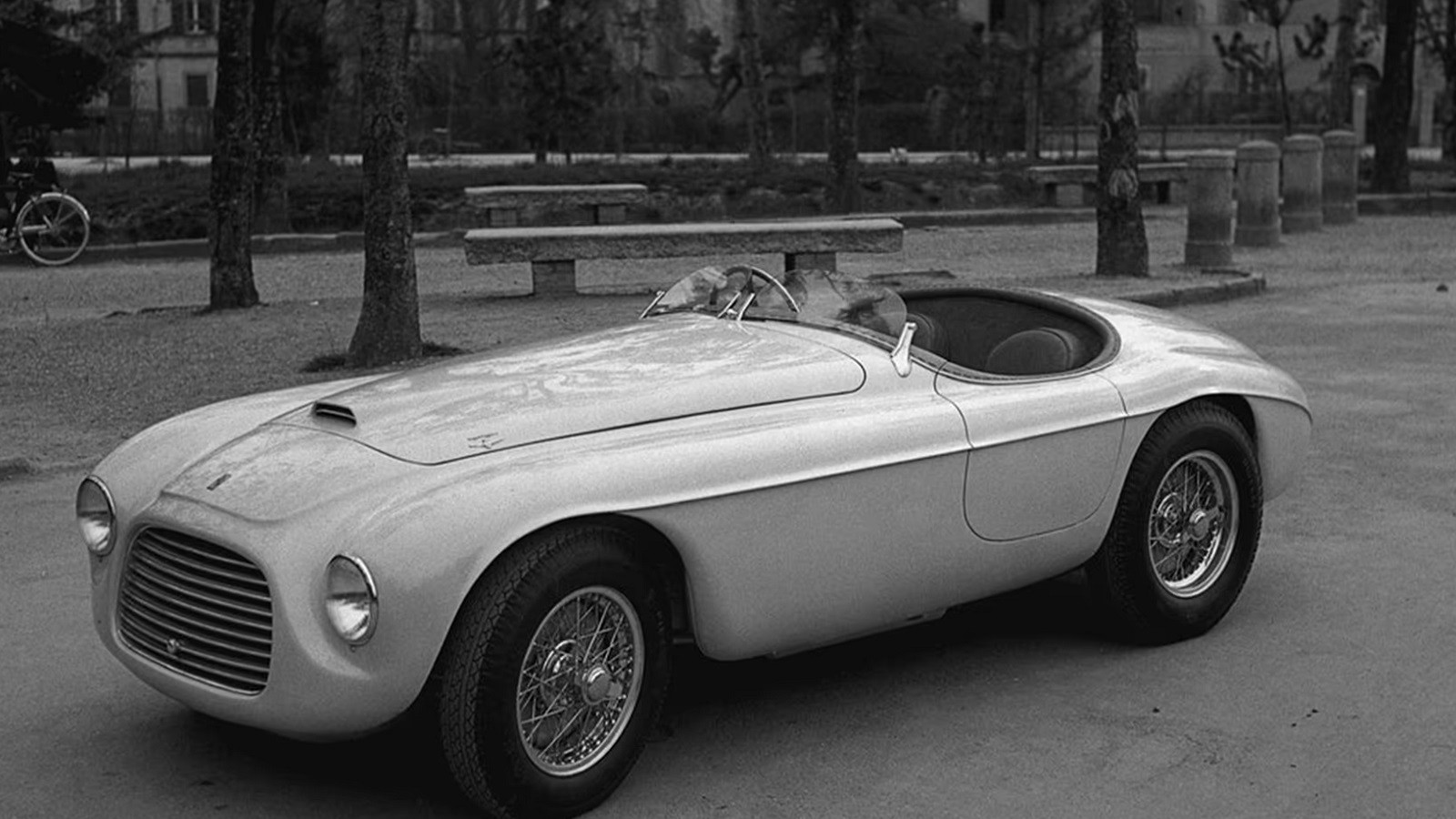 © Ferrari
© Ferrari -
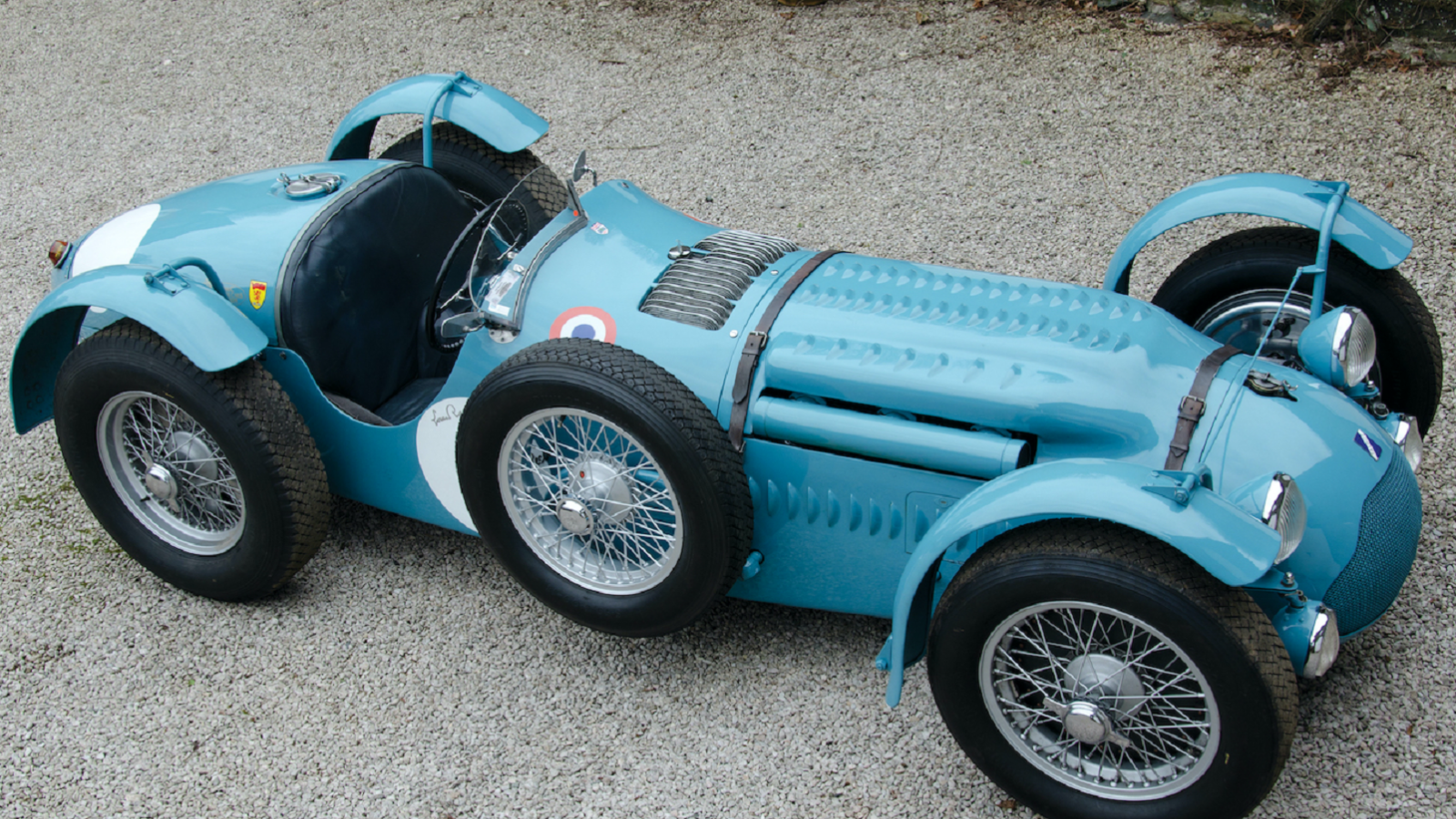 © Classic & Sports Car
© Classic & Sports Car -
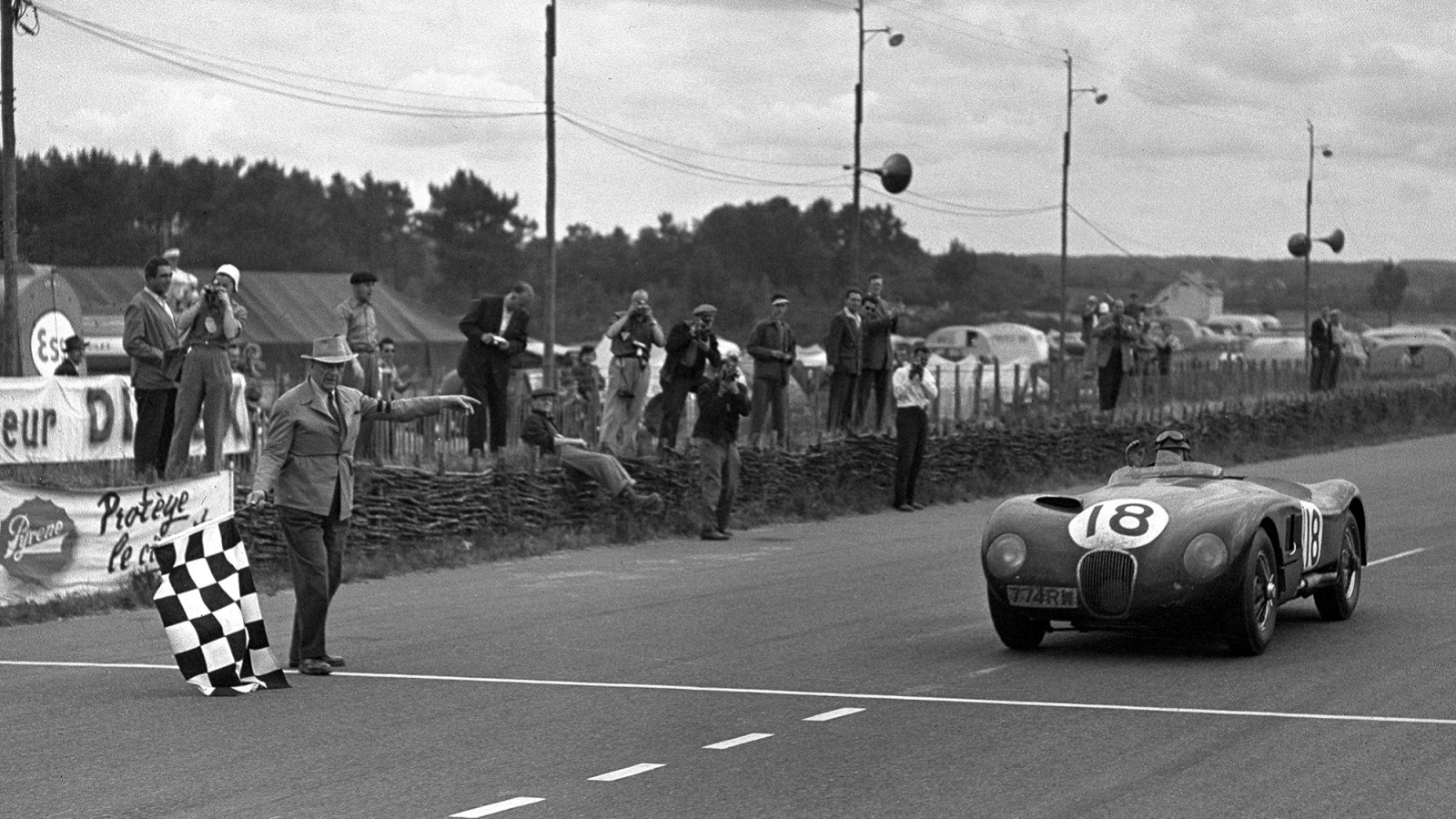 © Jaguar
© Jaguar -
 © Mercedes-Benz
© Mercedes-Benz -
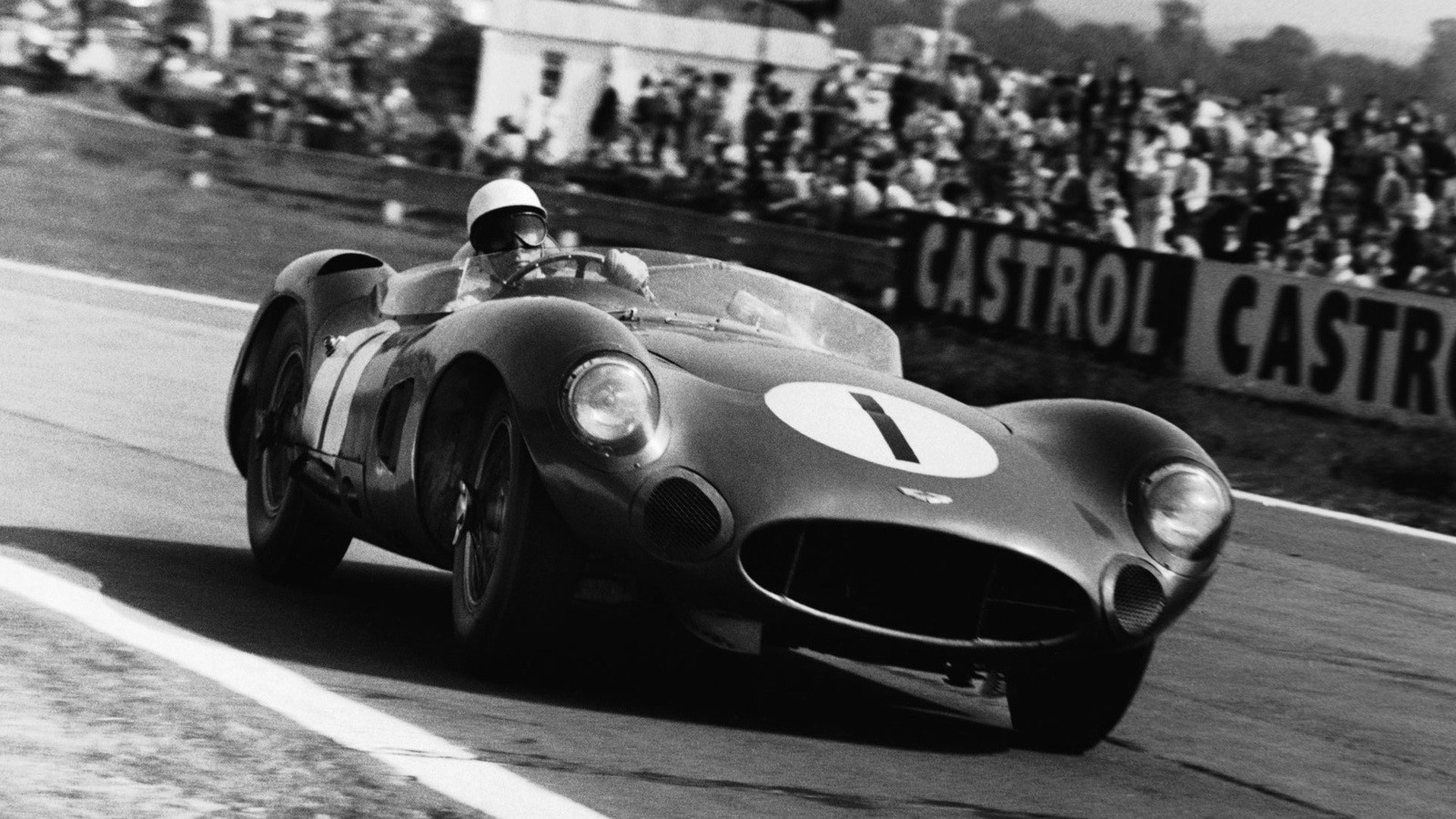 © Aston Martin
© Aston Martin -
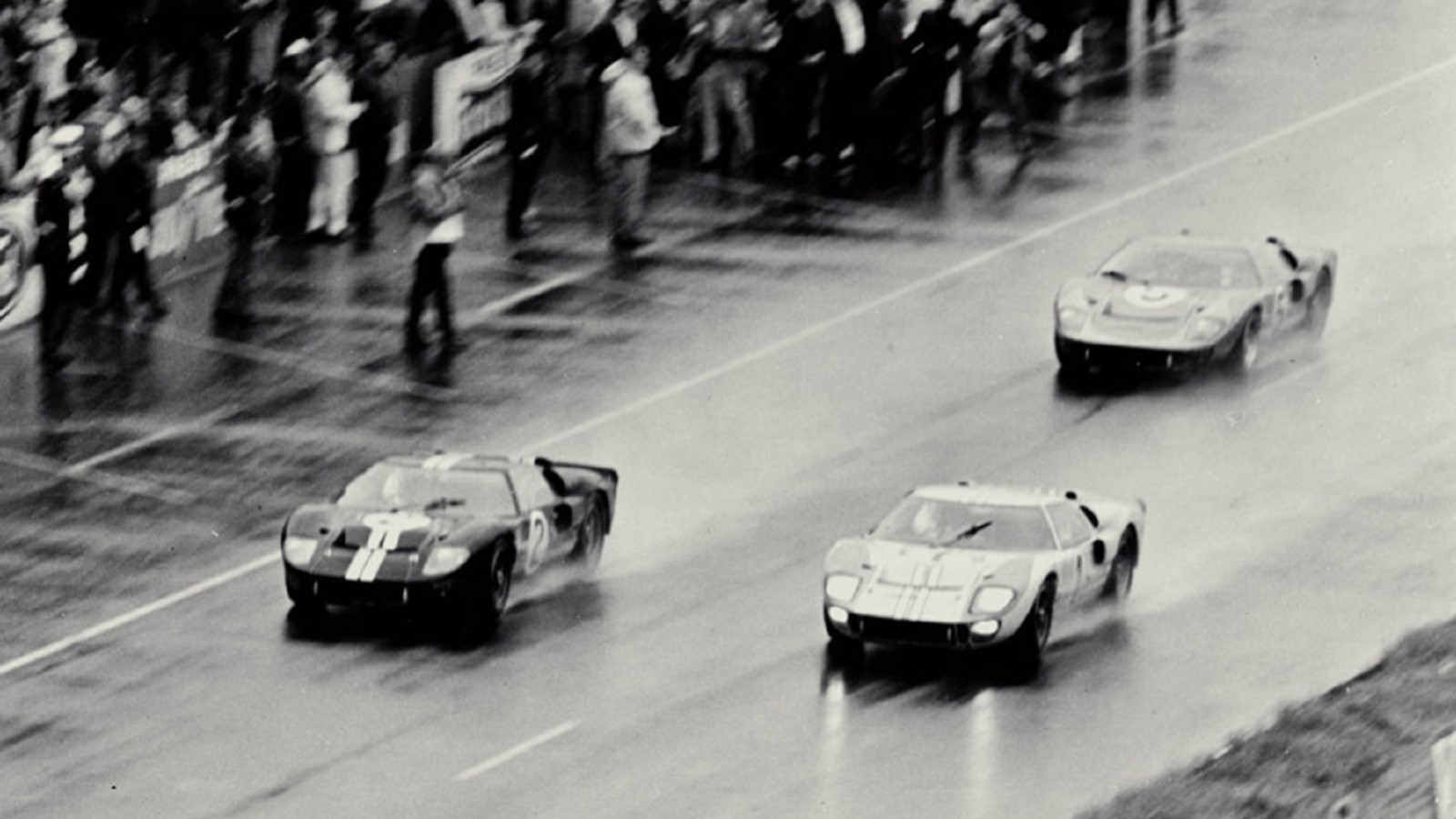 © Ford
© Ford -
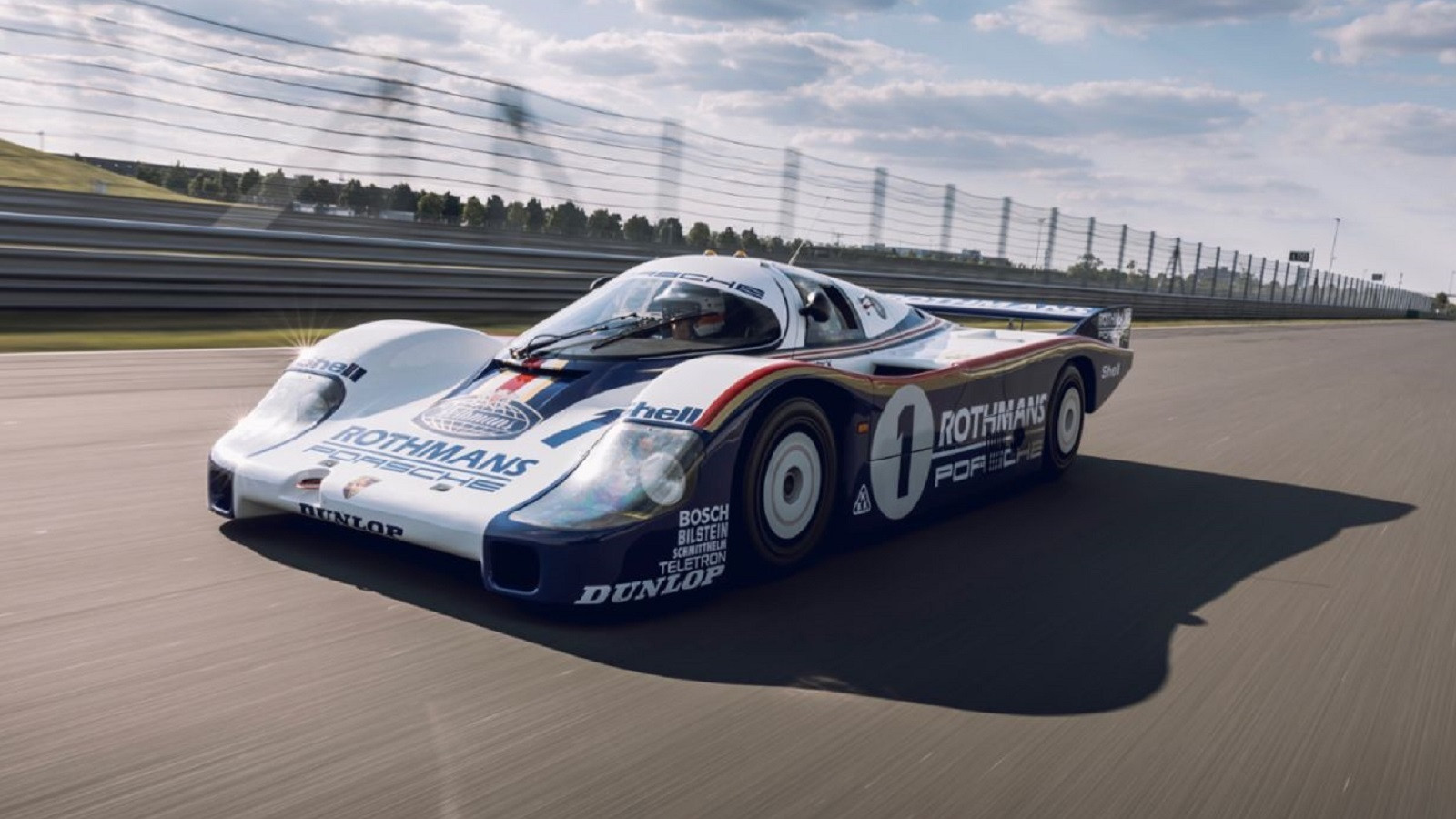 © Porsche
© Porsche -
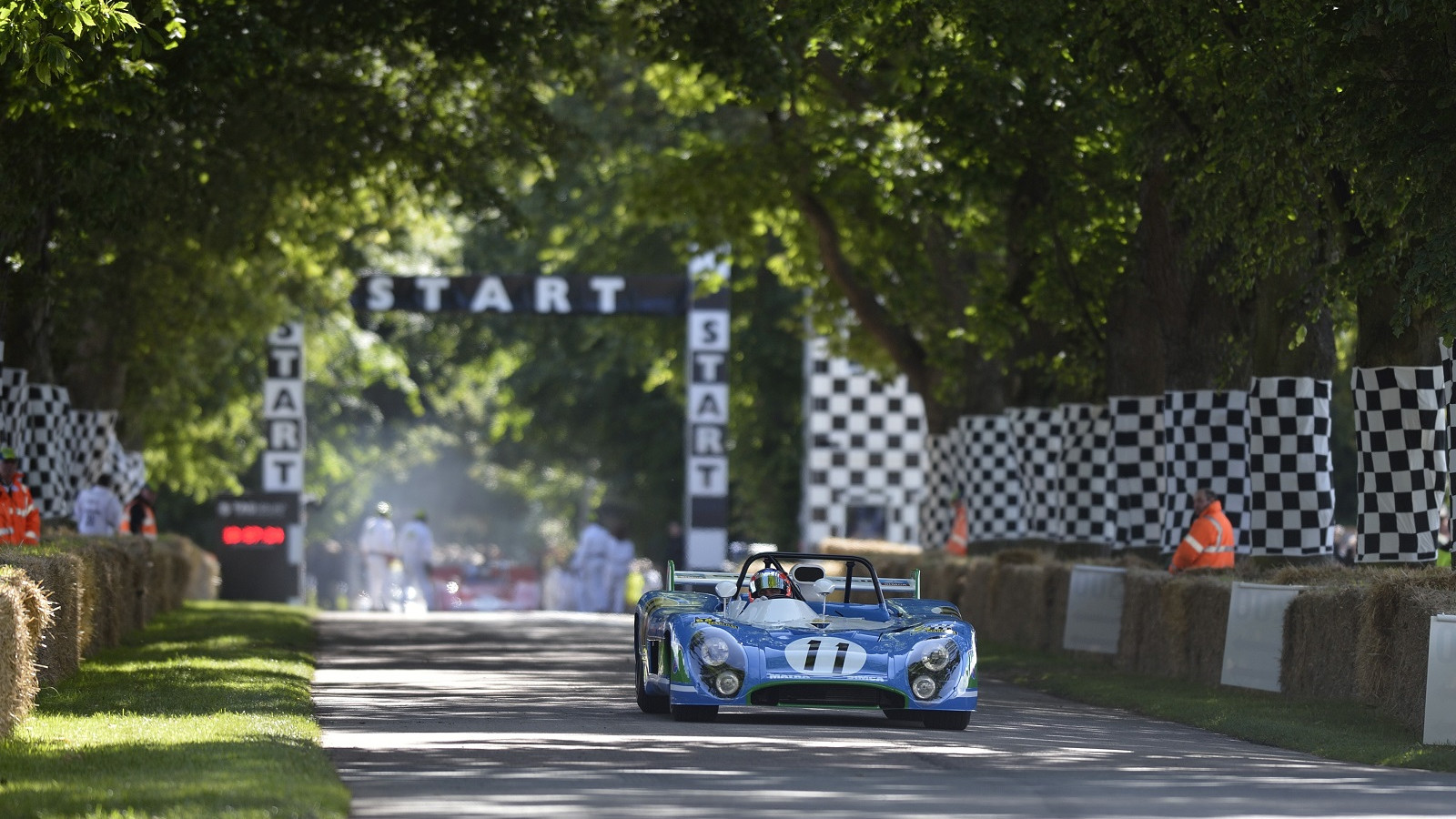 © Goodwood
© Goodwood -
 © The London Classic Car Show
© The London Classic Car Show -
 © Alpine
© Alpine -
 © Antoine/Wikimedia Commons
© Antoine/Wikimedia Commons -
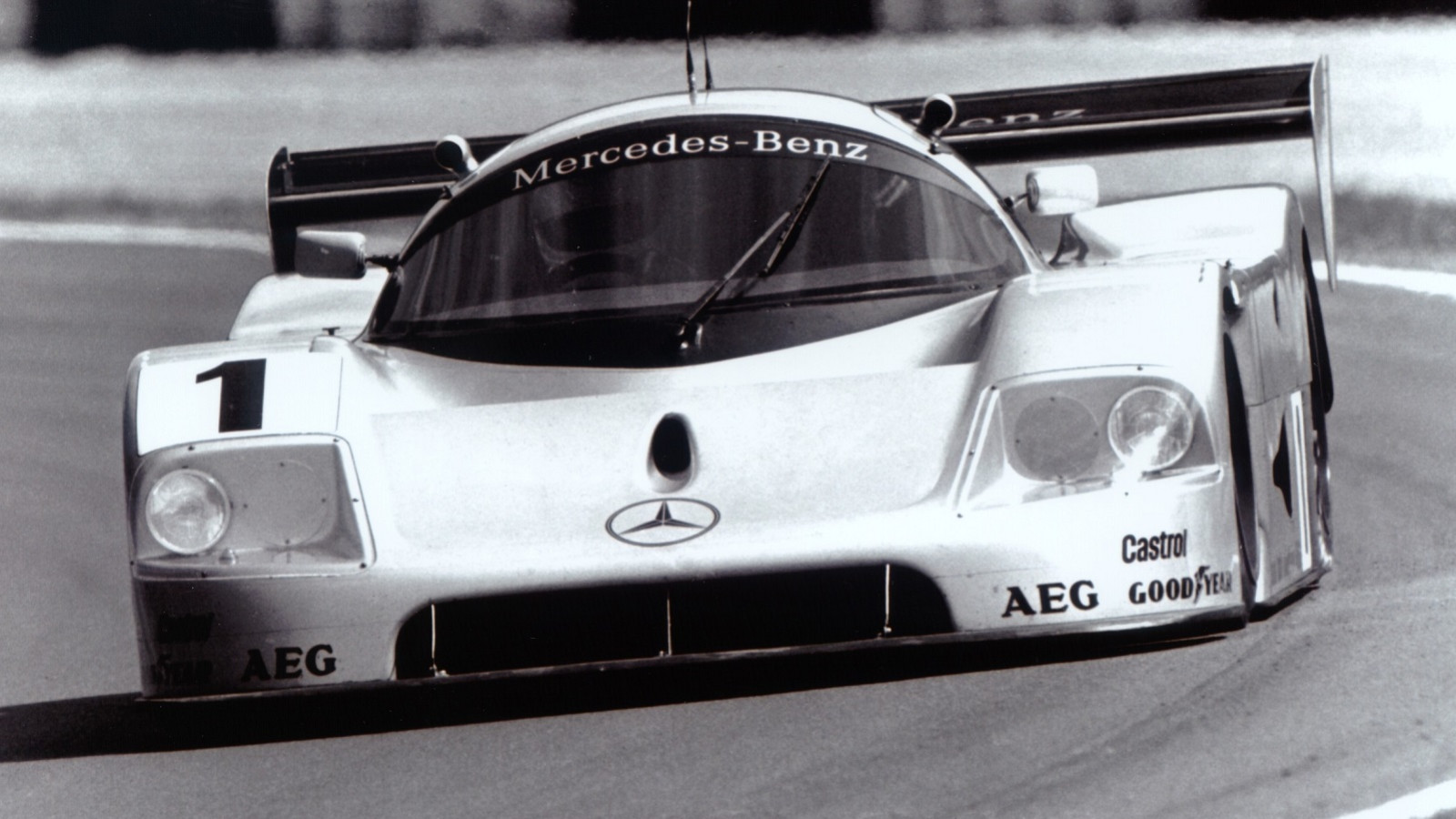 © Mercedes-Benz
© Mercedes-Benz -
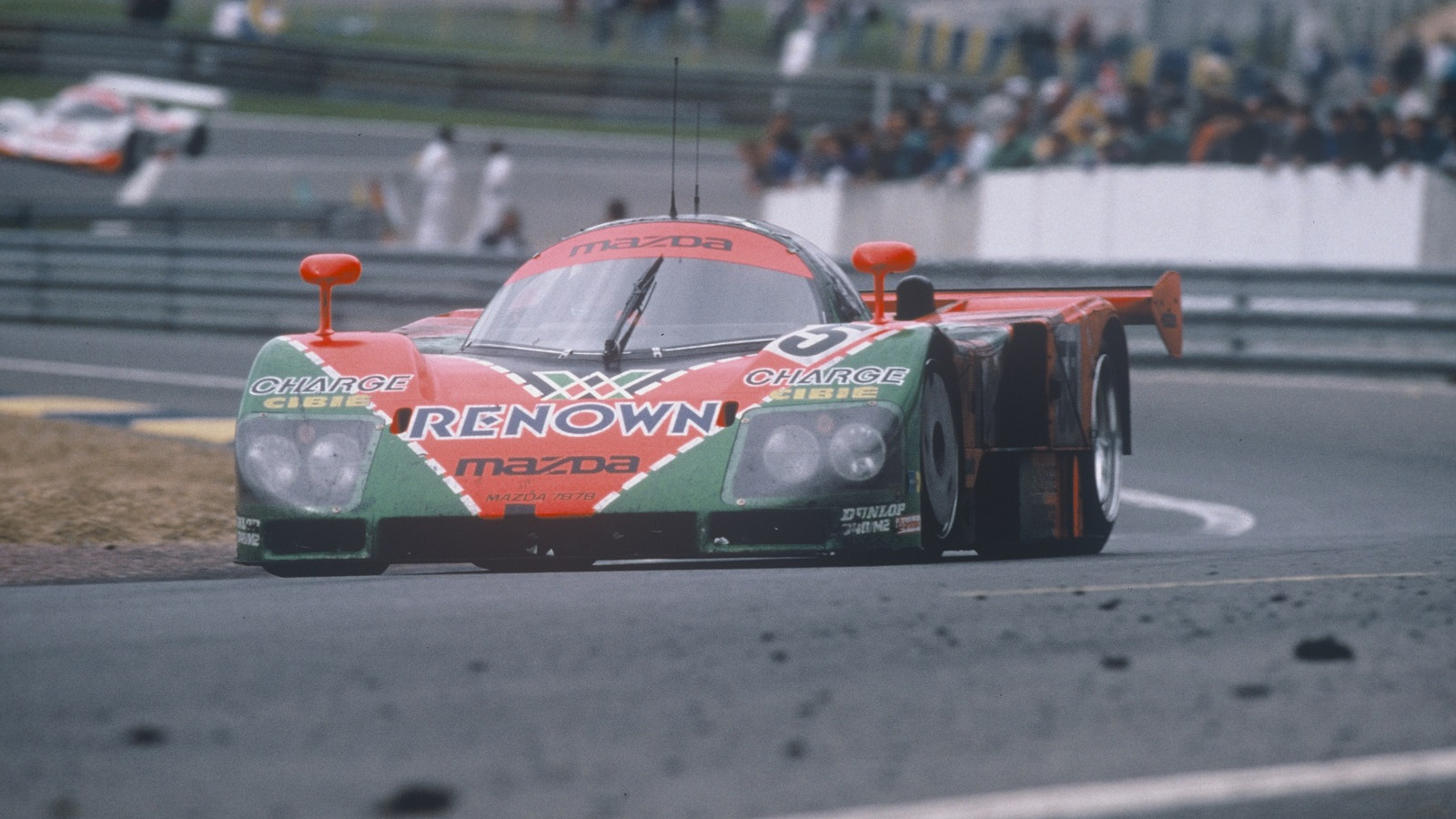 © Mazda
© Mazda -
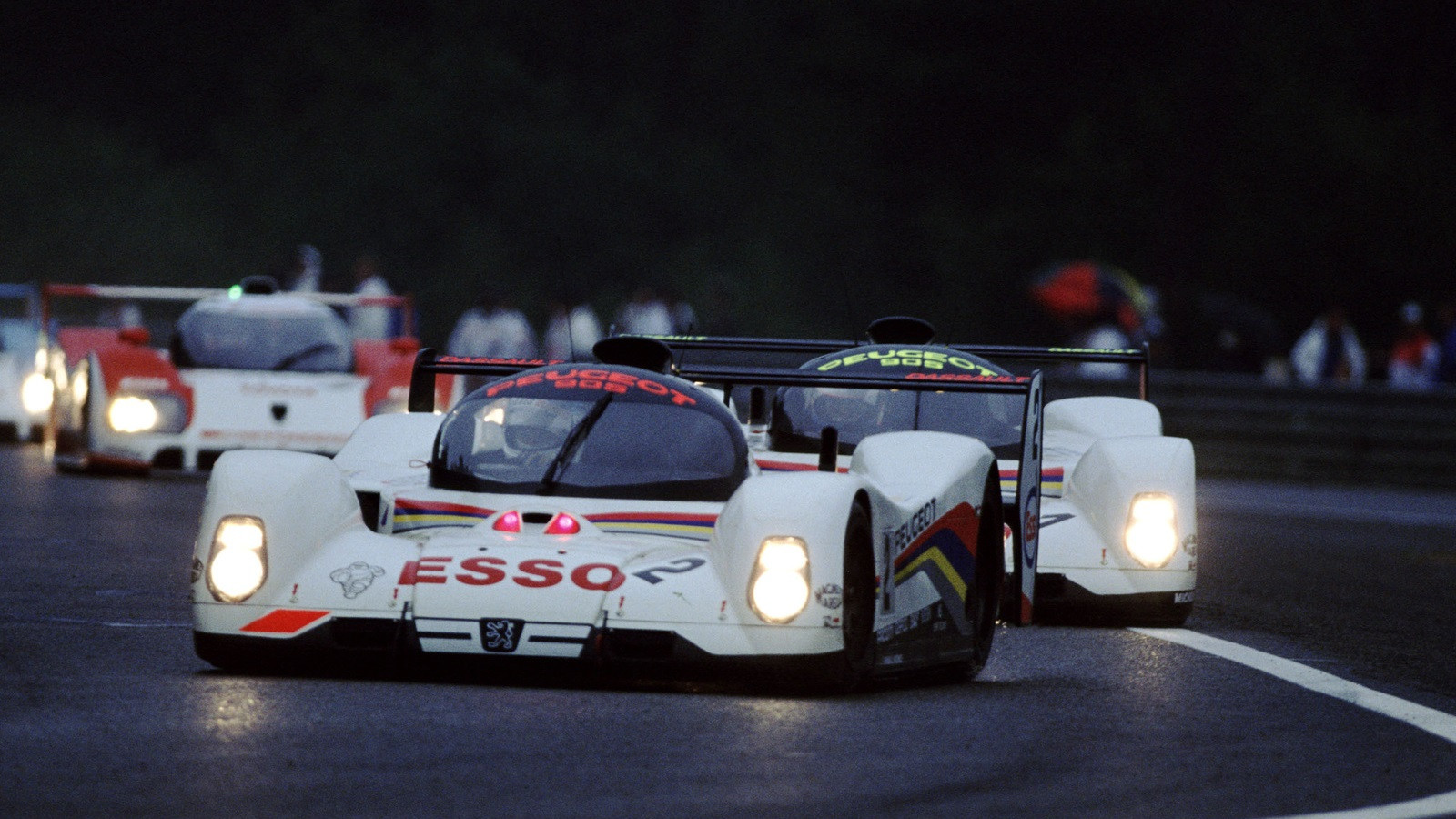 © Peugeot
© Peugeot -
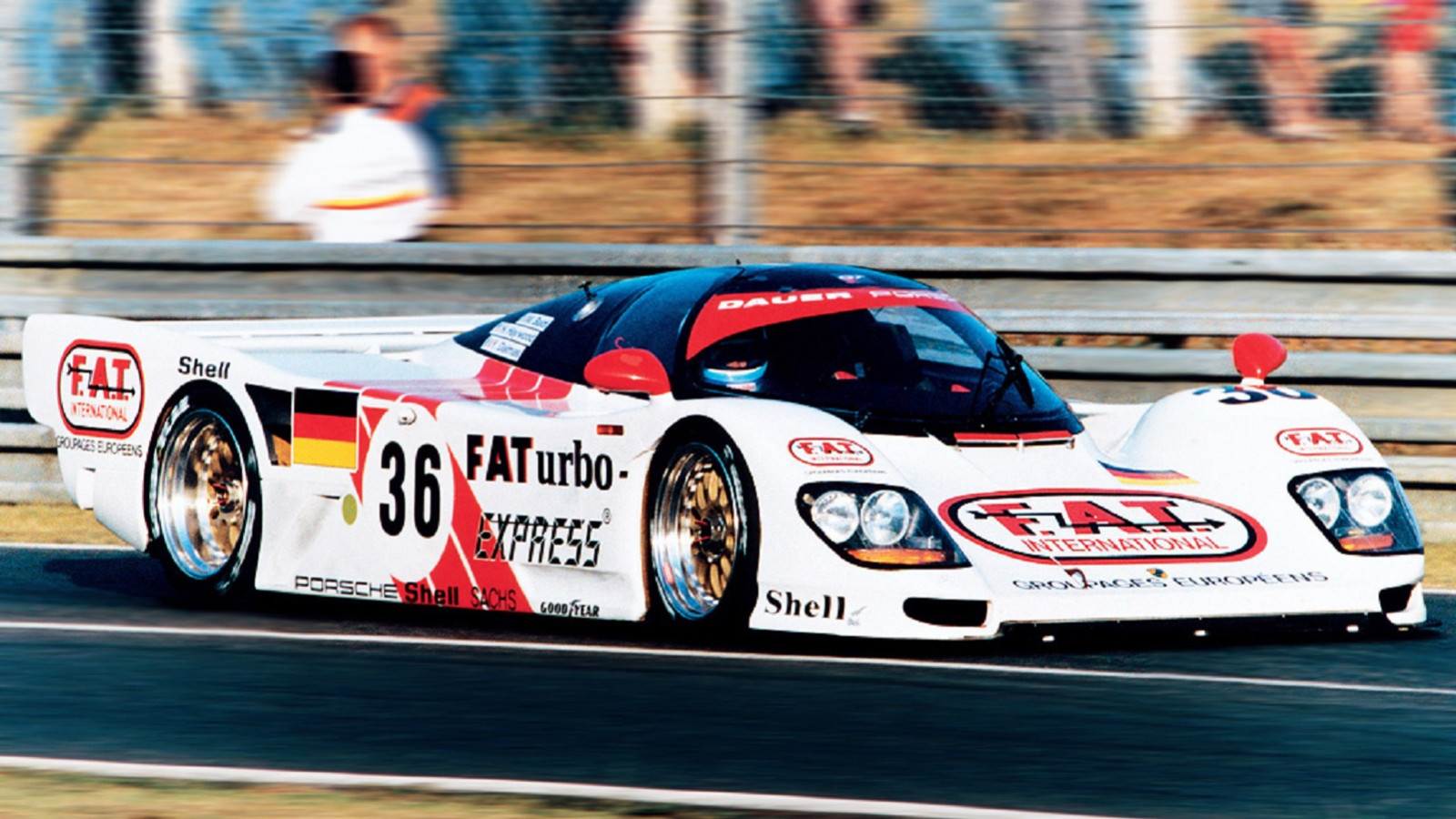 © Porsche
© Porsche -
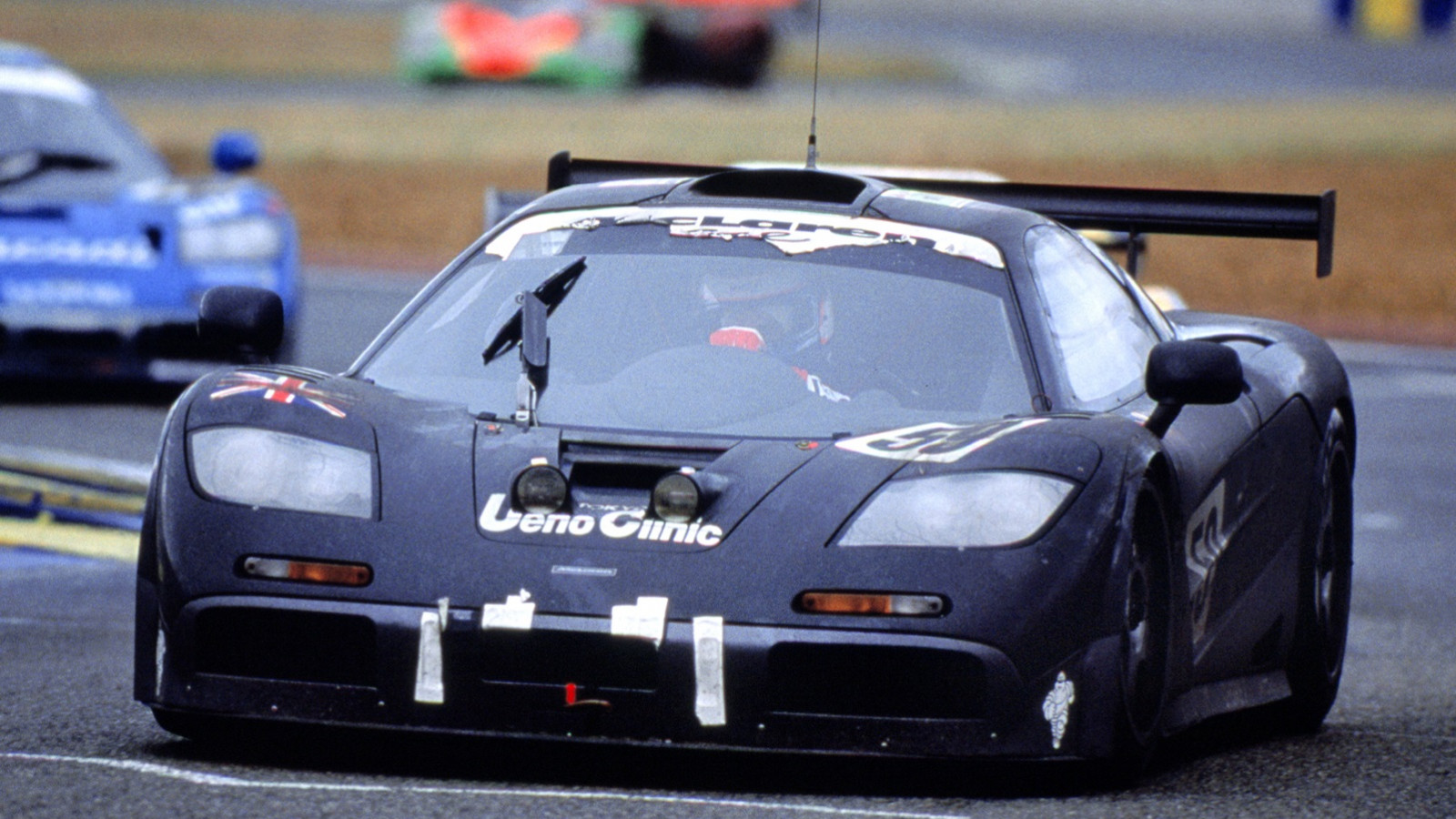 © McLaren
© McLaren -
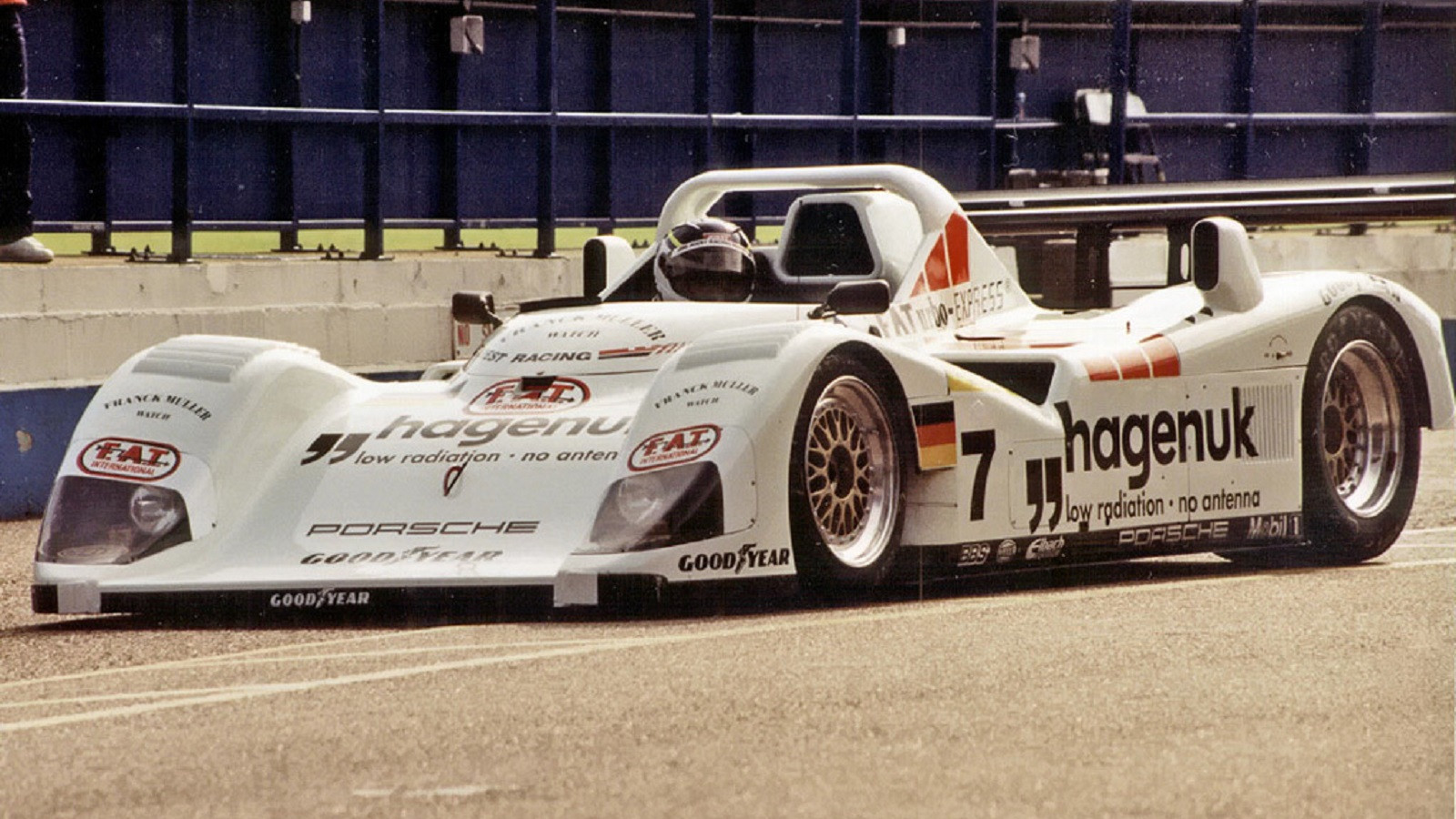 © Porsche
© Porsche -
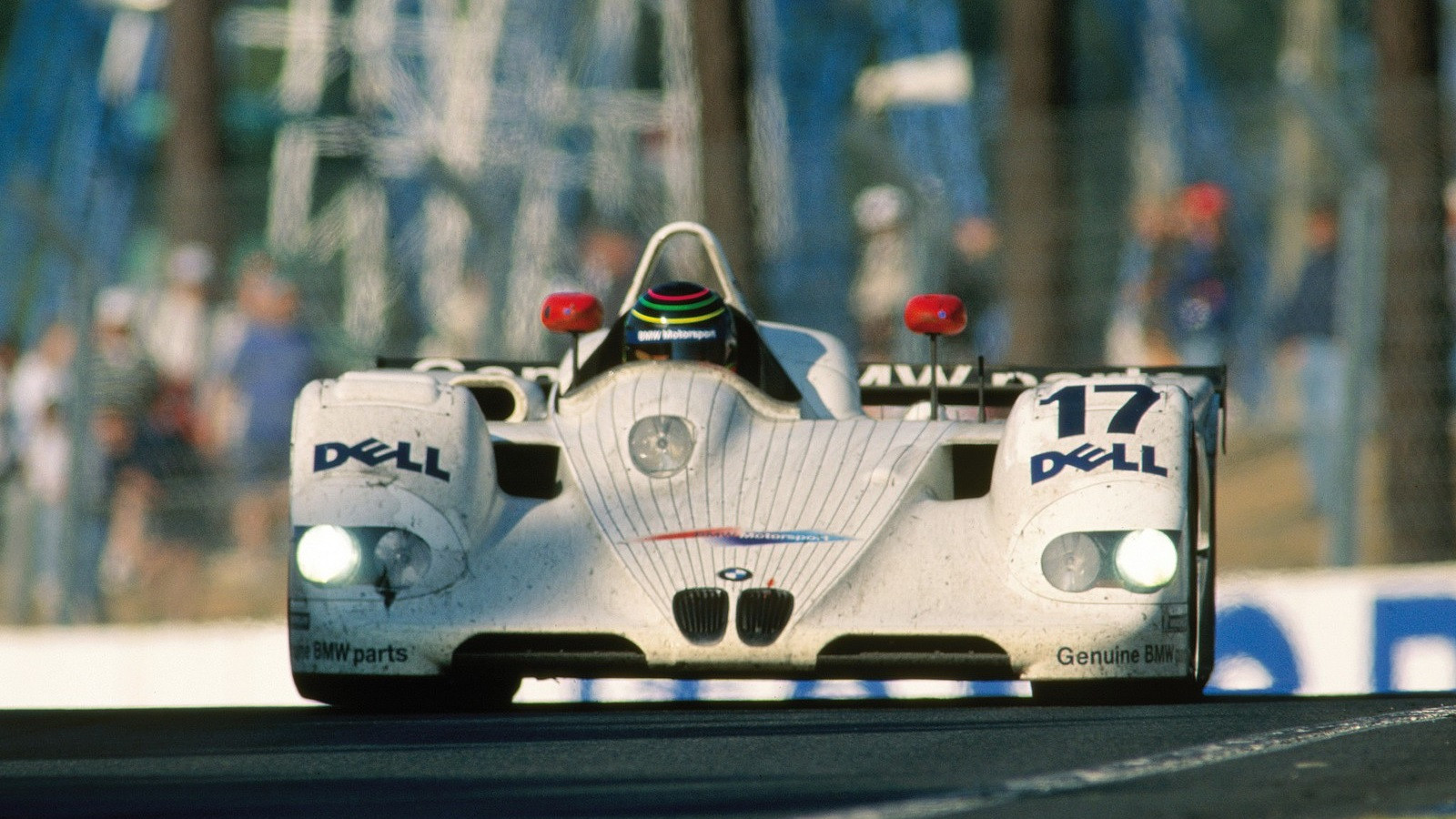 © BMW
© BMW -
 © Audi
© Audi -
 © Toyota
© Toyota
-
All the round-the-clock heroes
As the famous Le Mans 24-hour race marks its centenary this year, we’re looking at all the makes that have won this classic endurance event.
Some manufacturers have dominated while others have scored just a single win.
They all have one thing in common, however, and that’s bringing their cars over the line first in one of the toughest motorsport challenges – and this year’s edition is on 10-11 June 2023.
Here are all the winning makes, listed in order of when they first won at Le Mans.
-
1. Chenard-Walcker
Parisian firm Chenard-Walcker was not the hot tip to win the inaugural Le Mans 24-hour race, held on 26-27 May 1923, rather than its now usual June slot.
However, the French team had a new, more powerful 3-litre engine with 90bhp for two of its three cars entered that made up in pace what they lacked in outright cubic capacity.
The winning car of André Lagache and René Léonard completed 128 laps, finishing four laps ahead of teammates Christian Dauvergne and Raoul Bachmann in an identical U3-powered car.
This impressive 1-2 result was helped by the Chenard-Walcker team’s organised and well-drilled pitstops that saved them time throughout the race.
-
2. Bentley
Bentley has won at Le Mans six times to date, with five of these victories coming during the firm’s formative years during the 1920s and 1930s.
Frank Clement and Captain John Duff entered the first race in 1923, but they had to wait until the following year to take the first win for the British team.
Using a 3 Litre, they had learned from the 1923 race to be better prepared, so the car featured more protection for the headlights, radiator and fuel tank.
With five wins between 1924 and 1930, Bentley had to wait until 2003 for a sixth when the EXP Speed 8 took the flag driven by Rinaldo Capello, Tom Kristensen and Guy Smith.
-
3. Lorraine-Dietrich
It could have been a hat-trick of wins for Lorraine-Dietrich if the team had not been pipped by a single lap in 1924 when Bentley won.
Instead, the French company had to settle for a double with wins in 1925 and ’26 with its B3-6 car.
Consolation came for Lorraine-Dietrich in the 1926 race when the team crossed the line with a 1-2-3.
This was despite Marcel Mongin, driving the second-placed car, stopping to check if Bentley driver Sammy Davis was okay when the Bentley had crashed at the Mulsanne Corner.
-
4. Alfa Romeo
Alfa Romeo took the first of four wins in a row at Le Mans in 1931 with its 8C-2300.
The Italian company was in a close-fought battle for honours with Bugatti, but it was the 8C that proved the stronger, more reliable car in the hands of winners Henry Birkin and Earl Howe.
The increasing pace of the 24-hour race can be seen in the rising number of laps completed by the winner.
However, Alfa Romeo won the 1934 race with the biggest margin over the car in second place despite the shortest race distance in the 1930s.
In this race, the Alfa Romeo finished 13 laps ahead of the Riley that took the second step on the podium.
-
5. Lagonda
The year 1935 saw the biggest entry of the pre-war era at the 24 Hours of Le Mans – and Alfa Romeo was the hot favourite to win again.
However, the Fox & Nicholl racing team with its Lagonda M45R Rapide had other ideas, and its cars were fitted with huge 120-litre fuel tanks, stronger brakes, plus improved suspension.
Towards the end of the race, there was drama as the Lagonda’s engine suffered low oil pressure and could not top up with fresh oil due to race regulations.
Driver Luis Fontés limped the car over the last few laps as a hard-charging Alfa Romeo driven by Pierre Louis-Dreyfus was closing in.
Luckily, the finish came in time for the British team and Lagonda scored its only win at Le Mans.
-
6. Bugatti
Bugatti may have been a dominant force in Grand Prix and sports-car racing, but success at Le Mans had eluded the company until its win in 1937.
In this year, the factory-backed team of Roger Labric arrived with the unusual Type 57G, known as the ‘Tank’.
Its fully enclosed, streamlined body helped with speed and efficiency, and it was the first time a winning car exceeded 2000 miles in the 24 hours of the race.
A revised version of the Type 57 entered the 1939 edition and won again, helped by the Delage that was leading until late in the race developing a misfire and having to slow down.
-
7. Delahaye
The year 1938 was the third time that a Delahaye had entered Le Mans with genuine hopes of winning the race.
Unlike the previous two attempts, luck was on the side of Eugène Chaboud and Jean Trémoulet this year in their 135CS.
The pretty Delahaye cars ran strongly for the duration of the race and narrowly missed out on a 1-2-3 finish, with a Talbot taking third instead.
The top five finishing cars and their drivers were all French, soundly beating the Adler Trumpfs from the German team.
-
8. Ferrari
With nine wins to its name so far, Ferrari is one of the most successful manufacturers at Le Mans.
Its original victory came in the first edition of the 24-hour race after the Second World War, in 1949, when the 166MM of Luigi Chinetti and Lord Selsdon held off the much larger-engined Delage to win by a single lap.
From this first win, Ferrari had to wait another five years to follow it up, and the company enjoyed six wins on the bounce between 1960 and 1965.
Ferrari is also notable for scoring the last win at the race with a front-engined car, its 330TRI/LM in 1962, and the first for a mid-engined car with its 250P in 1963.
-
9. Talbot-Lago
Father and son drivers Jean-Louis Rosier and Louis Rosier gave Talbot-Lago its only Le Mans victory – and did it in fine style.
Using their Grand Sport T26, which was quick and reliable, they were habitually in the lead or challenging for it throughout the race.
On the Sunday morning of the 1950 Le Mans race, Rosier Snr took the wheel of the Talbot-Lago at 5am and stayed in the driver’s seat until the chequered flag.
He only stopped for fuel and to repair the windscreen after it was hit by a bird, which also gave him a black eye.
At the end of the race, the Rosier/Rosier crew finished one lap ahead of the other privately entered Talbot-Lago of Pierre Meyrat and Guy Mairesse.
-
10. Jaguar
Few car makers are more closely associated with Le Mans than Jaguar, and the race helped promote the British company around the world.
Two XK120s entered the 1950 race with limited success, but for 1951 the Jaguar factory team arrived with its new C-type.
Lighter and more powerful than the XK120 it was based on, the C-type could reach 160mph down the Mulsanne Straight.
Peter Walker and Peter Whitehead used this to win the 1951 race, while the addition of innovative disc brakes made the C-type unbeatable in 1953. Then it was over to the D-type for another three victories in the 1950s.
Jaguar returned to Le Mans in the 1980s with the XJR-9 and won in 1988, then followed this up with another victory in 1990 with the XJR-12.
-
11. Mercedes-Benz
Given Mercedes’ engineering prowess, it’s perhaps surprising the company has only won twice at Le Mans to date.
The first triumph came in 1952 with Hermann Lang and Fritz Riess driving a 300SL, and it was something of a surprise, because it looked like Talbot was set to win until the French car’s engine failed. Other retirements meant Mercedes ended up taking first and second places that year.
After the tragedy of the 1955 Le Mans, Mercedes did not return until the 1980s. Run by the Sauber team, the turbocharged 5-litre V8 engine from Mercedes powered the cars to first, second and fifth in the 1989 race, which was the last without chicanes on the Mulsanne Straight, after cars had been clocked at 250mph along the 3.7-mile stretch of track.
-
12. Aston Martin
The 1959 running of Le Mans was a three-way battle between Aston Martin, Ferrari and Jaguar.
At the start of the race, Aston’s team manager Reg Parnell sent Stirling Moss off at a fast pace in a bid to break their rivals. The plan worked to some extent, but it also did for the engine in Moss’ DBR1/300.
However, the other two factory Aston Martins ran flawlessly and were able to ease off in the final hours of the race.
They finished 1-2, with Roy Salvadori and Carroll Shelby winning, and Maurice Trintignant and Paul Frère second, one lap behind.
The victorious car crossed the line some 16 laps ahead of the third-place Ferrari, giving Aston Martin its sole win at Le Mans.
-
13. Ford
The spat between Ferrari and Ford that led to the US giant racing at Le Mans is well documented, but it takes nothing away from the determined effort it took to get the GT40 on to the grid.
Ford had already tried twice with little in the way of success, but 1966 was different. This time, Ford had a more powerful engine and improved aerodynamics. There were also upgrades to the brakes and suspension.
It wasn’t plain sailing for Ford, though, and out of 10 factory entries only three GT40s made it to the end of the 1966 race.
However, the cars crossed the line first, second and third, to put mud in the eye of Ferrari. It was the start of four years of Ford dominance at Le Mans.
-
14. Porsche
Porsche is the most successful manufacturer ever at Le Mans, with 19 outright victories at the French circuit if we include the Porsche-backed Dauer 962 that won in 1994.
There are also many class wins for Porsche that put its record of success far above any other company.
The winning streak for Porsche started in 1970 with the 917K driven by Richard Attwood and Hans Hermann.
The 917 won again in 1971, but it was when the 956 arrived in the 1980s that Porsche showed its true mastery of the race, winning seven back-to-back titles between 1981 and 1987.
There was further success in the 1990s with cars run by Dauer and TWR.
-
15. Matra-Simca
French national pride always hoped for a home team to win Le Mans, but it was 1950 since the last win for a domestic equipe until Matra-Simca pulled it off in style in 1972.
Better still, one of the drivers was a Frenchman, Henri Pescarolo, who shared the win with another Formula One driver, Graham Hill.
Even better news awaited the French fans when Matra-Simca, and Pescarolo sharing with other drivers, went on to win Le Mans in 1973 and ’74.
To date, Matra-Simca is the only French team to have scored three successive outright wins in the 24 Hours of Le Mans.
-
16. Mirage
John Wyer was no stranger to Le Mans, having entered and won the race with Ford GT40s.
Now he was the force behind the Mirage name with the GR8, which was built to be as fuel efficient as possible to minimise pitstops.
It was powered by a detuned Ford-Cosworth DFV 3-litre V8 engine and used an aerodynamic body.
A combination of luck and superb driving from Derek Bell and Jacky Ickx gave Mirage the win ahead of the Ligier, which also used a Ford-Cosworth DFV engine.
This win was the first of five at Le Mans for Derek Bell.
-
17. Renault Alpine
Stung by its poor showing the previous year, Renault Alpine arrived at the 1978 race following many changes to the car and an extensive test programme.
The team had three variations of the car, two with short bodywork, one with a longer rear, and a third with a longer wheelbase and wider track to accommodate fatter tyres. The 2-litre V6 was turbocharged and produced as much as 500bhp.
In the end, it was the Renault Alpine 442B with the long bodywork that won with Jean-Pierre Jaussaud and Didier Pironi driving.
It finished five laps ahead of the Porsche in second place, while the only other Renault Alpine to complete the race came home fourth.
-
18. Rondeau
Jean Rondeau is unique among Le Mans car manufacturers as the only man to build and drive the winning car bearing his name.
This feat was made all the more impressive when he won a rain-lashed 24 Hours of Le Mans in 1980, partnered by Jean-Pierre Jaussaud, giving this driver the second Le Mans victory of his career.
Like the Matra-Simca and Mirage cars that had won Le Mans a few years previously, the Rondeau was powered by a Ford-Cosworth DFV V8 engine with 460bhp.
However, the Rondeau couldn’t match its 1980 win again, but did manage second and third in the 1981 edition.
-
19. Sauber
Peter Sauber had been building racing cars since 1970 and his C8 model for 1986 used a Mercedes-Benz V8.
On the back of this car’s success, the Swiss constructor convinced the German company to become more involved, which resulted in the C9. However, Mercedes only fully stepped out of the shadows in 1989, just in time for Sauber to win that year’s Le Mans.
The C9 used for Le Mans was a low-drag version with an 820bhp turbocharged 5-litre V8. On the Mulsanne Straight, which ran with no chicanes for the last time in 1989, the C9 could reach 250mph.
Jochen Mass and Manuel Reuter used this to help them win the race, and Sauber went on to claim that year’s manufacturer title in the World Sportscar Championship.
-
20. Mazda
Mazda’s solitary win at Le Mans was a landmark for Japanese manufacturers as the first for a company from this country.
It was also, and remains, the only win for a rotary-engined car at the 24 Hours of Le Mans when it took victory in 1991 with Bertrand Gachot, Johnny Herbert and Volker Weidler driving.
The 787B used that year’s regulations to good effect, running lighter than the rival Jaguars, Mercedes and Peugeots.
With the reliability of the rotary engine, it left the Mazda the winner at the end of the 24-hour race. Mazda celebrated this with a limited run of MX-5s in a similar livery to the orange and green race car’s.
-
21. Peugeot
It seems almost incredible that it took until the 60th running of the Le Mans 24-hour race in 1992 for Peugeot to rank among the winners.
The firm’s cars had competed regularly before the Second World War, but the 905 was as cutting edge as it got when it arrived in 1990.
It used a carbonfibre body tub and a 3.5-litre V10 engine similar to those used in Formula One.
It was F1 which provided the drivers for the winning racer in 1992, with Yannick Dalmas, Mark Blundell and Derek Warwick guiding the car to victory.
The 905 went on to win again the following year, helping this Peugeot model to record an impressive nine wins from 17 starts.
-
22. Dauer
The Dauer name was a thinly disguised method of Porsche racing its ageing 962 car in a different category at Le Mans.
By asking Jochen Dauer to build a road-legal version of the race car, and using a loophole that didn’t require the cars to have been built by the time of the race, the 962 LM qualified as a GT1 car rather than a prototype LMP1 machine. The LMP cars were further hampered by rules that reduced power and aerodynamic downforce.
All of this played right into the hands of the Dauer car, though the 1994 race ended up going down to the wire.
Toyota had looked set to win, but mechanical problems allowed the Dauer of Yannick Dalmas, Hurley Haywood and Mauro Baldi to take victory by one lap, with the other Dauer in third, just behind the Toyota.
-
23. McLaren
The 24 Hours of Le Mans is always capable of throwing up the unexpected, and the win for the McLaren F1 was just that.
Built to compete in the third-tier LMGT1 category, the F1 was very much a road car converted into a race car, unlike the Dauer Porsche that won the previous year. As such, it wasn’t expected to win outright.
However, relentless rain helped level the field and put the McLaren into contention, helped by brilliant driving from JJ Lehto.
In the end, the F1’s superior reliability gave it the win in tricky conditions, and McLarens filled four of the five top places.
-
24. TWR Porsche
Tom Walkinshaw Racing (TWR) was better known for its link with Jaguars, but it gained tacit agreement from Porsche to develop a new racing car.
This became the TWR Porsche WSC 95, which was then run at Le Mans by the Joest team. It used a turbocharged 3-litre flat-six like those from the Porsche 962.
At the 1996 Le Mans race, other than a brief few laps at the start, the TWR Porsche WSC 95 led all the way to the flag, driven by Davy Jones, Manuel Reuter and Alexander Wurz.
The same car went on to do the double by winning the race the following year, giving Joest its second back-to-back wins at Le Mans.
-
25. BMW
Interest in Le Mans was at a high at the end of the 20th century and BMW was among those keen to be part of it.
Its 1998 car had been a bit of a dud, so the company radically revised it for 1999 to create the V12 LMR with much improved aero, speed and efficiency. All of these elements were key to its win in 1999.
With faster cars on the grid from Audi, Mercedes-Benz, Nissan and Toyota, the BMW looked outgunned.
However, as the race wore on, the V12 LMR’s better fuel economy put it in front and it stayed there to finish a lap ahead of the Toyota.
This was BMW’s sole win at Le Mans to date, because the company pulled out of endurance racing at the end of 1999 to concentrate on engine supply to F1.
-
26. Audi
Only Porsche has more Le Mans victories to its name than Audi, with Audi on 13 wins to Porsche’s 20, to date.
Audi also had a huge hand in the Bentley EXP8 that won in 2003.
As impressive as the number of wins are the two sets of five back-to-back Le Mans wins for the Audi team.
As well as its domination of the event in the 21st century, Audi was the first to take the chequered flag with a diesel-powered car in 2006.
In 2012, Audi’s R18 e-tron car became the first hybrid-electric vehicle to take top honours at Le Mans, and then made this a hat-trick with further wins in 2013 and ’14.
-
27. Toyota
Toyota first entered the 24 Hours of Le Mans in 1985 and campaigned cars in the Group C category for 10 years until 1994.
Then it switched to its Supra LM cars in the GT class, but again without any success. Things looked much more promising with the GT One LMP1 car of 1998, yet victory still proved elusive.
It wasn’t until the 2018 Le Mans race that Toyota finally broke its duck and won in emphatic style with its hybrid-powered TS050.
Having discovered its winning way, Toyota went on to claim the following four races to 2022, becoming one of the few teams to be victorious at Le Mans five times in a row.
